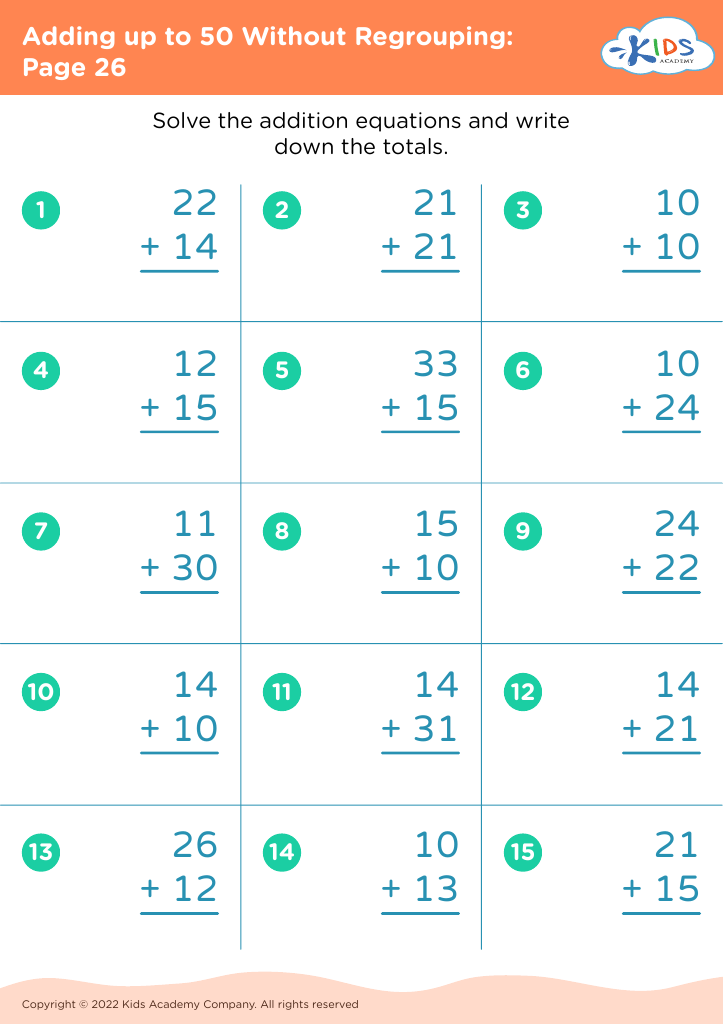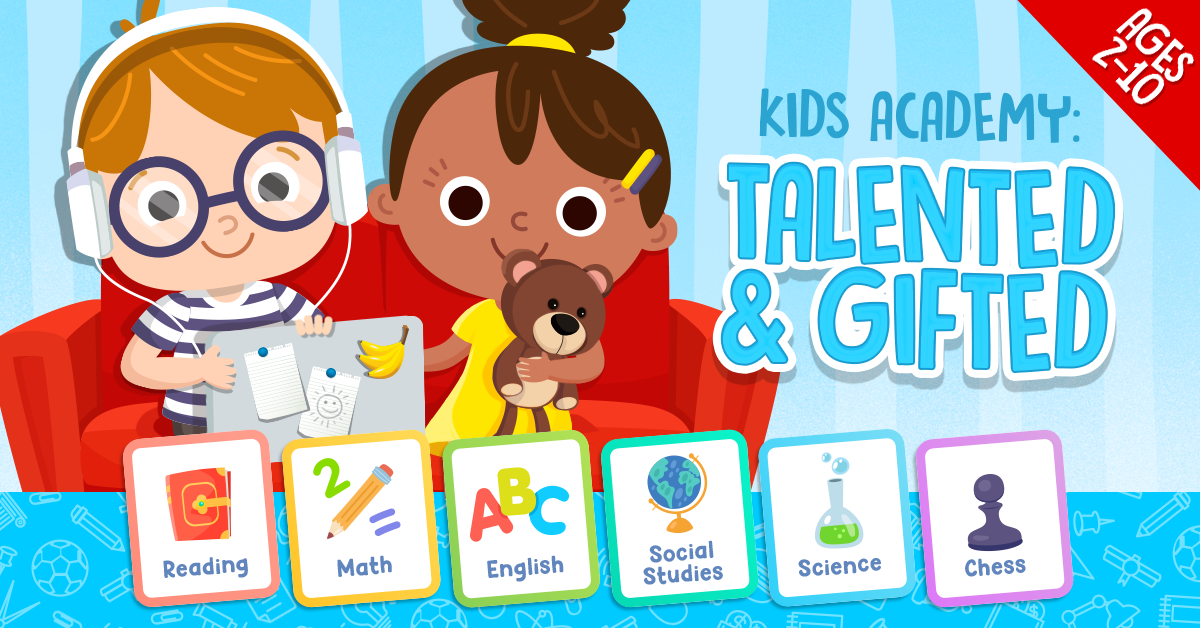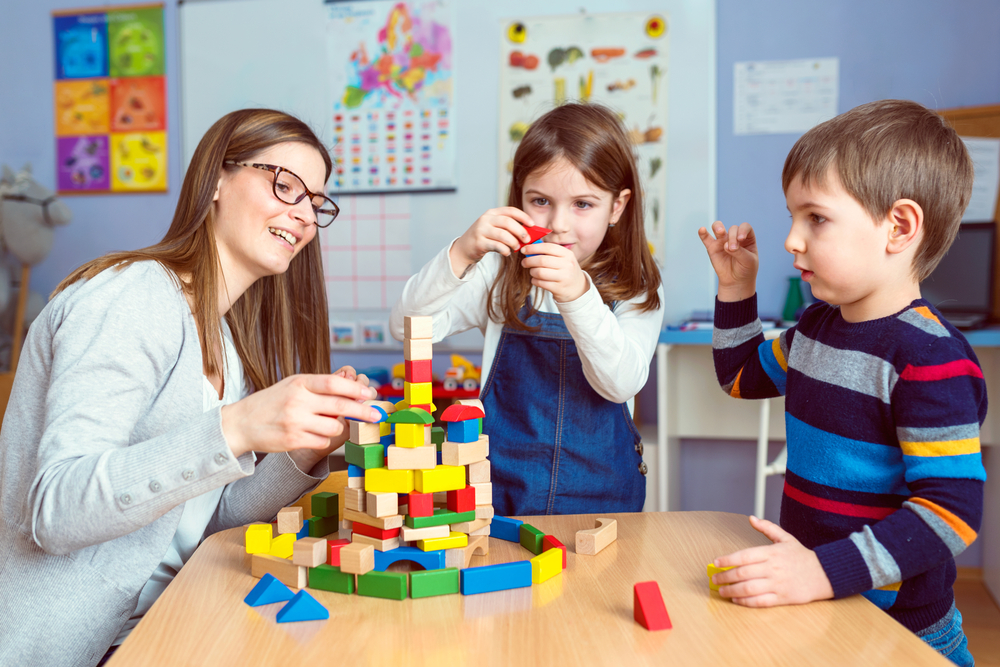Learn phonics Worksheets for Kids
1 filtered results
-
From - To
Question/Answer
What are some effective activities to train students’ Learn phonics skill when teaching them about Adding up to 50 Without Regrouping?
To enhance phonics skills while teaching addition up to 50 without regrouping, consider these activities: 1. Use phonics-based number flashcards for recognition. 2. Incorporate rhyming number chants for auditory discrimination and memorization. 3. Play phonics-based number bingo to reinforce sounds and addition facts. 4. Engage in interactive storytelling involving adding scenarios, emphasizing phonetic sounds of numbers and keywords.
How to test a Grade 2 student’s Learn phonics skills?
To test a Grade 2 student's phonics skills, you can conduct assessments that involve identifying and producing sounds in isolation, blending sounds to form words, segmenting words into individual sounds, recognizing and using common phonics patterns (like vowel teams or consonant blends), and reading aloud words, sentences, and passages that incorporate these skills.
How to train the Learn phonics skill in Grade 2 students learning about Adding up to 50 Without Regrouping?
To train Grade 2 students in phonics while learning to add up to 50 without regrouping, use phonics-based number words and equations. Integrate reading aloud of addition sentences, encourage decoding numeral words (e.g., "twenty-four plus sixteen"), and practice blending sounds in math vocabulary. This dual focus enhances phonics skills alongside mathematical understanding.













